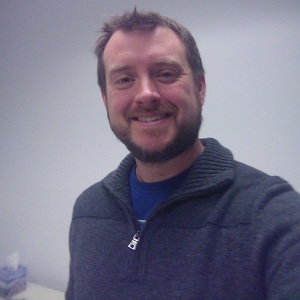InfoQ Homepage Interviews The Culture of Comaking with Jeff Patton
The Culture of Comaking with Jeff Patton
Bio
Jeff makes use of over 18 years experience with a wide variety of products from on-line aircraft parts ordering to electronic medical records to help organizations improve the way they work. Where many development processes focus on delivery speed and efficiency, Jeff balances those concerns with the need for building products that deliver exceptional value and marketplace success.
About the conference
Software is changing the world; QCon aims to empower software development by facilitating the spread of knowledge and innovation in the enterprise software development community; to achieve this, QCon is organized as a practitioner-driven conference designed for people influencing innovation in their teams: team leads, architects, project managers, engineering directors.
Feb 22, 2013
Interview with
This content is in the QCon Software Development Conference topic
Related Topics:
-
Development
Development
Followers: 3823
-
Architecture & Design
Architecture & Design
Followers: 9579
-
Culture & Methods
Culture & Methods
Followers: 3750
-
QCon San Francisco 2012
QCon San Francisco 2012
Followers: 0
-
Lean Startup
Lean Startup
Followers: 12
-
Product Management
Product Management
Followers: 41
-
QCon Software Development Conference
QCon Software Development Conference
Followers: 243
-
Design Thinking
Design Thinking
Followers: 18
-
Process
Process
Followers: 13
-
Agile
Agile
Followers: 1031
Sponsored Content
-
Related Sponsored Content
-
Popular across InfoQ
-
TikTok's Native Cross-Platform UI Framework Lynx Goes Open Source
-
Rebuilding Prime Video UI with Rust and WebAssembly
-
Google Cloud Announces Kubernetes History Inspector to Visualise Cluster Logs
-
GitHub Copilot Can Now Run in Windows Terminal
-
Dapr Agents: Scalable AI Workflows with LLMs, Kubernetes & Multi-Agent Coordination
-
Simplify Your System By Challenging The Status-Quo And Learning From Other Ecosystems
-
